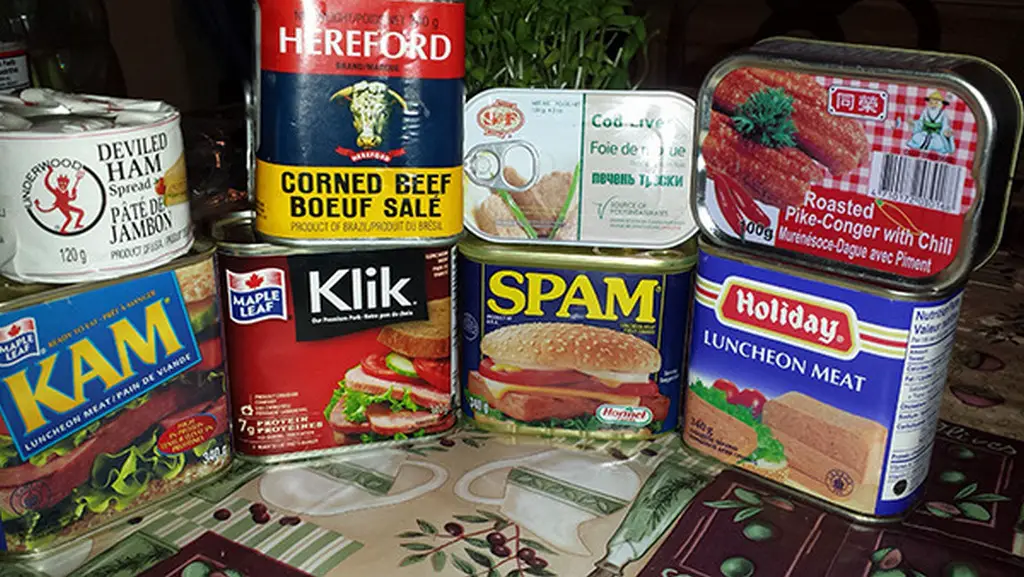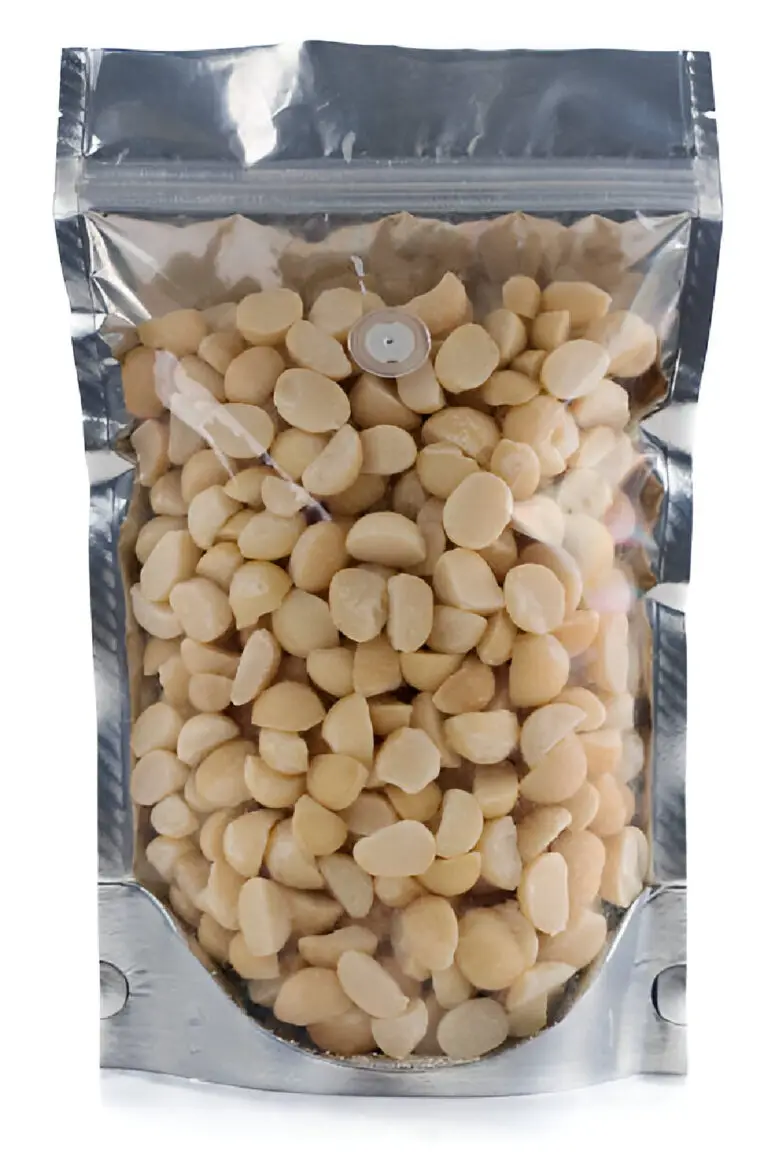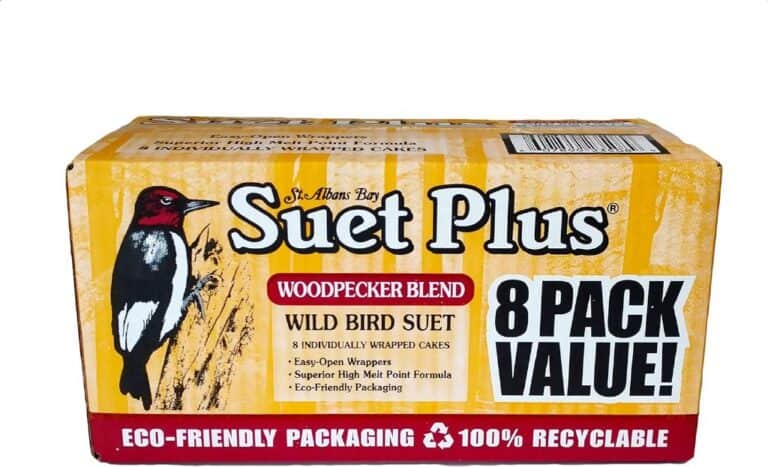Is Spam a True Potted Meat Product? A Closer Look at Its Ingredients

In the realm of pantry staples, few items spark as much curiosity and debate as Spam. That iconic blue can has found its way into kitchens worldwide, but its true nature remains enshrouded in mystery. Is it, or isn’t it, a bona fide potted meat product?
Today, we embark on a delectable exploration, peeling back the layers of this culinary enigma to uncover the secrets it holds. As we lift the lid on this tin of intrigue, we’ll delve into the rich history of Spam.
The heart of the matter lies in its ingredients—the very essence of what makes Spam, well, Spam. Pork, ham, salt, and a slew of other components come together to create that unmistakable flavor and texture. Are these ingredients enough to classify it as potted meat, or does it exist in a category all its own?
Join us as we dissect this canned delight, exploring its ingredients, classification, versatility, and even its nutritional profile. By the end, you’ll have a deeper understanding of what Spam truly is—and whether it deserves the title of “potted meat” or something entirely unique.
History: Origins and Development of Spam.

The history of spam dates back to the early 1930s, when it was first introduced by Hormel Foods Corporation. The company was looking for a way to make use of pork shoulder, which was considered a less desirable cut of meat. By blending it with ham and adding various seasonings, Spam was born.
During World War II, Spam became an essential part of the American military diet due to its long shelf life and convenience. It provided a valuable source of protein for soldiers on the battlefield. Its popularity soared during this time and continued to grow post-war.
Over the years, Spam has evolved into more than just a processed lunch meat. It has become ingrained in different cultures around the world as it finds its way into dishes such as sushi in Hawaii and Korea’s budae jjigae, or army stew. Despite being often stereotyped as a lesser-quality product, its versatility and affordability have played major roles in ensuring its enduring presence on supermarket shelves worldwide.
Unpacking the Ingredients of Spam’s Components
To determine whether Spam is a true potted meat, we need to scrutinize its ingredients. Let’s break it down:
1. Pork
At its core, Spam is primarily composed of pork shoulder meat. This meat is ground to a fine consistency, providing the basis for its distinct texture.
2. Ham
In addition to pork, Spam contains ham. The inclusion of ham adds a savory and slightly smoky flavor to the meat mixture.
3. Salt
Salt is a common ingredient in processed meats, and Spam is no exception. It acts as a preservative, enhancing the meat’s shelf life.
4. Water
Water is used to create the meat slurry and regulate the product’s moisture content. It ensures the meat is juicy and palatable.
5. Modified Potato Starch
Modified potato starch serves as a binder, helping to hold the meat together and maintain its shape.
6. Sugar
A small amount of sugar is added to Spam, balancing out the salty and savory flavors.
7. Sodium Nitrite
Sodium nitrite is a preservative that helps prevent bacterial growth and maintains the meat’s appealing color.
8. Sodium Tripolyphosphate
Sodium tripolyphosphate is often used in processed meats to improve water retention, enhancing the overall quality of the product.
9. Flavorings
Various seasonings and flavorings are added to give Spam its distinctive taste.
10. Sodium Ascorbate
Sodium ascorbate is a form of vitamin C used in Spam to aid in preserving the meat and preventing oxidation.
Now that we’ve identified these key ingredients, let’s evaluate whether Spam qualifies as a potted meat product.
Potted Meat Classification

Potted meat typically refers to meat that has been cooked, ground, and preserved in a container. While Spam shares similarities with this definition, there are some differences to consider.
Spam is precooked, ground, and then sealed in a can. However, it is not the same as traditional potted meats that are slow-cooked in fat, resulting in a spreadable consistency. Spam has a firmer texture, akin to luncheon meat or canned ham.
In essence, Spam falls into the category of canned meat products rather than the classic potted meat spreads found in various cuisines.
Controversies: Is Spam Really a Meat Product?
Amidst the cans of neatly stacked Spam on supermarket shelves, one might wonder if this iconic food item is truly made from meat. The controversy surrounding Spam’s ingredients has sparked debates among consumers and food enthusiasts alike.
While the familiar blue label boldly states pork with ham, many argue that the additional mystery elements in its recipe cast doubt on its authenticity as a true potted meat product.
Unveiling the list of ingredients reveals not only pork shoulder but also salt, water, sugar, and sodium nitrite – a known preservative used to prolong shelf life. With these added components, one could question whether they overshadow the meat itself. Furthermore, some skeptics argue that the process of mechanically separating pork creates a texture that deviates from traditional definitions of meat.
While it would be easy to dismiss these concerns as mere trivialities in favor of nostalgia for this iconic canned food, they nonetheless raise valid questions about what qualifies as genuine potted meat.
| Compare: Scrapple or Bacon: Which One Tastes Better and Healthier for You? |
Exploring Spam’s Versatility
One of the fascinating aspects of Spam is its versatility. It can be prepared in numerous ways, making it suitable for a range of dishes. Here are some creative ideas for incorporating Spam into your meals:
1. Spam Musubi
A Hawaiian favorite, Spam musubi features slices of Spam layered on top of rice, wrapped in nori seaweed.
2. Spam and Eggs
A classic breakfast combination, Spam and eggs is a quick and satisfying start to the day.
3. Spam Fries
Slice Spam into thin strips, fry until crispy, and enjoy as a savory snack or side dish.
4. Spam Tacos
Fill tortillas with grilled Spam, vegetables, and your favorite condiments for a unique twist on tacos.
5. Spam Fried Rice
Add diced Spam to fried rice for an extra burst of flavor and protein.
6. Spam Sandwiches
Create a hearty sandwich by layering Spam slices with lettuce, tomato, and your choice of condiments for Spam.
Whether you’re a Spam enthusiast or new to this culinary adventure, there’s no shortage of innovative ways to savor this canned meat product.
| Read: Treet vs Spam: What’s The Difference? |
Is Spam Healthy?
Now that we’ve explored the ingredients and versatility of Spam, let’s address a common question: Is Spam a healthy choice? Like many processed foods, it has both pros and cons.
Pros:
- Protein: Spam is a good source of protein, which is essential for muscle growth and repair.
- Convenience: Its long shelf life and versatility make it a convenient option for quick meals.
- Flavor: Many people enjoy its unique taste and find it delicious when prepared properly.
Cons:
- Sodium: Spam can be high in sodium, which may not be suitable for individuals with high blood pressure.
- Processed Ingredients: It contains various additives and preservatives, which some may wish to limit in their diet.
As with any food, moderation is key. Enjoying Spam occasionally as part of a balanced diet can be a flavorful addition to your meals.
Alternatives: Healthier Options as Substitutes for Spam
One alternative to Spam is tofu, a highly versatile and protein-rich ingredient. Tofu can be seasoned and cooked to mimic the texture of meat, making it an excellent substitute for Spam in various dishes. Pair it with a flavorful marinade or spices like paprika and liquid smoke to achieve a similar taste experience without sacrificing your health.
Another option worth considering is tempeh, a fermented soy product that packs a nutritional punch. With its firm texture and nutty flavor, tempeh serves as an ideal substitute for Spam in sandwiches or stir-fries. It is also an excellent source of protein, fiber, and vitamins, making it a healthier choice overall.
Quinoa can also be used as an alternative to Spam due to its high protein content (containing all nine essential amino acids) and versatility in recipes. When seasoned well with herbs and spices such as garlic powder or onion flakes, quinoa can provide a similar savory taste without the excess fat or sodium often associated with processed meats like Spam.
By exploring these healthier alternatives to Spam like tofu, tempeh, and quinoa, you can not only satisfy your taste buds but also make better choices for your overall well-being. Trying out new ingredients may open up culinary doors you never knew existed while keeping your meals nutritious at the same time!
Conclusion
In our quest to determine whether Spam is a true potted meat product, we’ve uncovered the key ingredients and classification. While it shares some similarities with potted meat, Spam’s firm texture and preparation method place it in the category of canned meat products. Regardless of its classification, Spam continues to be a beloved and versatile option for many, offering a unique taste and culinary experience.
So, the next time you enjoy a Spam musubi or savor a Spam and egg breakfast, you can appreciate the distinctive qualities of this canned delight, whether it’s considered a potted meat or not.
FAQs on Shelf-Stable Meat Product
Is Spam healthy to eat?
While Spam can be enjoyed as an occasional treat, it’s not considered a health food. Its high sodium and fat content make it advisable to consume in moderation as part of a balanced diet rich in fruits, vegetables, and whole grains.
How is Spam made?
The main ingredients in Spam include pork with ham meat, salt, water, modified potato starch, sugar, and sodium nitrite. These ingredients contribute to its distinctive taste and texture.
Can you eat Spam raw?
It’s not recommended to eat Spam raw. Cooking the product thoroughly is essential to ensure any harmful bacteria are eliminated, making it safe for consumption. Always follow the recommended cooking instructions provided on the packaging.
How long does Spam last?
Properly stored in a cool, dry place, unopened Spam can last for an extended period, typically around 2 to 5 years. Once opened, spam should be refrigerated and consumed within a few days for the best quality and taste.
Is Spam bad for your health?
While Spam isn’t inherently harmful, its high sodium and fat content can contribute to health issues when consumed excessively. Moderation is key, and pairing it with nutritious foods can help balance your overall diet.
What is the best way to cook Spam?
The best way to cook Spam is by slicing it and pan-frying until it reaches a crispy, turn to golden-brown texture. It can also be incorporated into various recipes, such as stir-fries, sandwiches, and even breakfast dishes like Spam and eggs.
How can I identify if my Spam has gone bad?
You can identify if your Spam has gone bad by examining its appearance, texture, and smell. Any signs of discoloration, foul odors, or unusual textures like sliminess or stickiness indicate spoilage. When in doubt, it’s best to discard the product to avoid potential foodborne illnesses.






